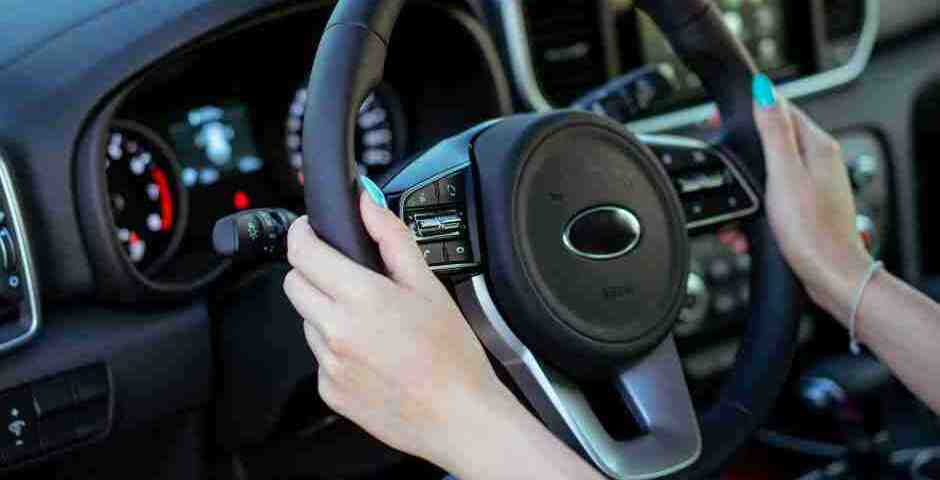Steering Wheels and Germs

Why Brazil Nuts Are a Superfood: Health Benefits Explained
June 2, 2025
How Driver Assistance Systems Are Making Roads Safer
June 2, 2025- Accident doctor
- accupuncture
- airplane headache
- alzheimer's
- best habits
- Brain Injuries
- car accident
- car accidents
- cervical strain
- colds
- concussion
- Concussions
- disc bulge
- dosage meds
- dry needling
- dull pain
- E bike injuries
- florida
- good posture
- headaches
- Headrest positions
- Headrest positions after an accident
- Healthy choices
- Healthy flying
- healthy gift guide
- Healthy SPring Ideas
- hip pain
- hyperextension
- injury doctor
- insurance
- Kayaking
- kentucky
- kids motion sickness
- lifestyle
- motion sickness
- neck injury
- no fault insurance doctor
- noise healing
- osteoporosis
- pain symptoms
- pink noise
- posterior chain
- posture
- prevent osteoporosis
- Rest
- Scoliosis
- shoulder pain
- Stress with kids after a motor vehicle accident
- TBI
- tips
- tmj
- torn muscle
- Traumatic Brain Injury
- trigger points
- VitaminD
- What are Post Traumatic headaches?
Steering Away from Germs
Your steering wheel is a constant companion on every drive, but it is also a breeding ground for germs that can make you sick. From bacteria to viruses, this small surface harbors far more microbes than you think, especially if it is rarely cleaned. Just how dirty is your steering wheel, and what can you do to keep your car germ free? Dr. Aaron Workman of Chambers Medical Group, one of the highest rated car accident medical care teams in Kentucky, discusses the surprising number of germs on your steering wheel and simple ways to clean it.
Germ Counts
Studies show that using a public toilet seat as your steering wheel would carry fewer germs than utilizing your own steering wheel. A 2011 study, by Queen Mary University in London, found that a car steering wheel usually has 700 bacteria per square inch versus a toilet seat which would just number 100 per square inch. Common bacteria found were staphylococcus, which can cause skin infections, and E. Coli, which can cause gastrointestinal issues. Frequently touching, eating, or sneezing behind the wheel makes this a microbe magnet.
Why Germs Thrive
Steering wheels are ideal for germs because they are constantly handled yet seldom cleaned. Every trip you make to the doctor, gas station, or grocery store will transfer germs from door handles, gas pumps, or other surfaces to your wheel. All the buttons you push going through checkouts and credit card machines travel back with you to the car. Warm car interiors and skin oils create a nice environment for microbes. Textured or leather wheels trap dirt, making germs harder to remove. Neglecting cleaning, especially out of fear of damaging leather, lets bacteria and viruses build up over time.
Health Risks
Most germs on your steering wheel are harmless, but some have risks. Staphylococcus can infect cuts, leading to painful sores. Salmonella or E. coli, picked up from food or surfaces, may cause digestive upset. Viruses like norovirus or the flu can spread if you touch your face after driving. Those with weakened immune systems face higher chances of infections, making a dirty wheel a sneaky health hazard.
How to Clean
If you just use a disinfectant wipe regularly you can cut the risk of problems significantly. Regular cleaning cuts germ counts on your steering wheel. Use a disinfectant wipe or a cloth with 70% rubbing alcohol to kill bacteria and viruses, focusing on textured areas where germs hide. Wipe thoroughly and dry with a clean cloth to avoid streaks. Avoid harsh cleaners like bleach, which can damage the wheel’s material. Keep a small bottle of hand sanitizer, bought for a few dollars, in your car for a quick hand clean before driving, cutting germ transfer.
Your steering wheel can carry hundreds of germs, varying from a flu virus to a staphylococcal infection. The best course of action is consistency of cleanliness. By utilizing disinfectant wipes on a regular basis, you can reduce the risks of infections or illness. Use hand sanitizer before touching the wheel, especially after handling public surfaces like doors or gas pumps. A quick wipe-down takes seconds but can protect you from hidden germs, keeping your drive safer and healthier.
— This article is written by Aaron Workman, DC, one of the members of Chambers Medical Group’s team of car accident chiropractors who offer a variety of treatments and therapies ranging from diagnostic testing to various soft tissue therapies for car accidents and injuries in Kentucky.
- Car Accident Medical Clinic in Tampa
- Car Accident Medical Clinic in Plant City
- Car Accident Medical Clinic in Brandon
- Car Accident Medical Clinic in Lakeland
- Car Accident Medical Clinic in Sarasota
- Car Accident Medical Clinic in Louisville
- Car Accident Medical Clinic in Lexington
- Car Accident Medical Clinic in Florence




